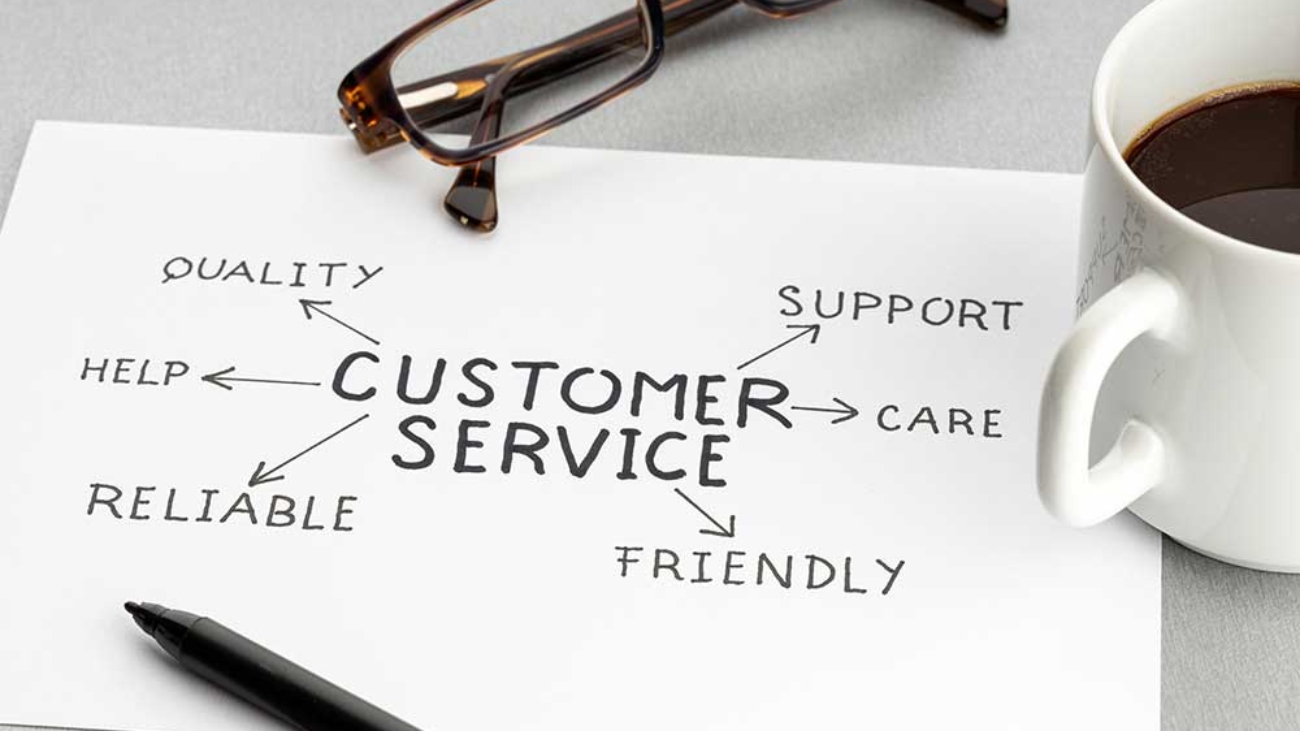In today’s competitive digital landscape, video production companies face numerous challenges that can impede growth and operational efficiency. From managing intricate workflows to coordinating dispersed teams and resources, the need for streamlined operations is crucial. Enterprise Resource Planning (ERP) systems offer a comprehensive solution by integrating various business processes into a cohesive platform.
ERP systems have revolutionized many industries, enhancing operational efficiency, offering real-time data, and supporting informed decision-making. In video production, ERP systems can address specific challenges such as scheduling, budgeting, resource allocation, and team collaboration. By leveraging ERP, video production companies can achieve unprecedented levels of efficiency and growth, leading to improved project outcomes and heightened client satisfaction.
This article explores the transformative role of ERP in the video production industry, emphasizing its benefits, key features, and practical implementation strategies. We will examine how ERP systems, along with enterprise portals and collaboration platforms, can revolutionize operations, ensuring that companies remain competitive in an evolving market.
Understanding ERP in the Context of Video Production
Before delving into the impact of ERP systems on video production, let’s first understand what ERP systems are and how they function. ERP systems are comprehensive software platforms that integrate various business processes into a single unified system. For video production companies, this means streamlining operations across departments, from project management and budgeting to scheduling and post-production workflows. By centralizing data and automating processes.
These systems serve as a centralized hub where all media assets can be stored, organized, and accessed with ease. ERP for video production is designed to enhance efficiency, reduce redundancy, reduce errors, enhance overall productivity, and provide real-time insights into media resources, making them an invaluable tool for businesses in the digital age.
The Role of ERP in Video Production
ERP systems integrate various business processes into a single, cohesive platform, enabling seamless information flow and real-time data access. For video production companies, this means better coordination, improved decision-making, and enhanced productivity.
Customer Relationship Management (CRM)
Effective CRM is crucial for managing client relationships and ensuring satisfaction. An ERP system with a robust CRM module can help video production companies:
- Track Client Interactions: Maintain detailed records of client communications, project specifications, and feedback, ensuring that all team members are on the same page.
- Manage Leads and Opportunities: Streamline the sales pipeline by tracking leads from initial contact to project completion, improving conversion rates.
- Personalize Marketing Efforts: Use client data to create targeted marketing campaigns, fostering stronger relationships and increasing client retention.
Email Marketing
Email marketing remains a powerful tool for video production companies to stay connected with clients and prospects. An ERP system can enhance email marketing efforts by:
- Automating Campaigns: Schedule and send personalized email campaigns based on client behavior and preferences.
- Analyzing Performance: Track open rates, click-through rates, and other metrics to measure the effectiveness of email campaigns and make data-driven adjustments.
- Segmentation: Segment email lists based on client demographics, past projects, and engagement levels to ensure relevant messaging.
Sales Management
Managing the sales process efficiently is vital for video production companies to secure new projects and maintain steady revenue streams. ERP systems can optimize sales management through:
- Quotation and Invoicing: Generate accurate quotes and invoices quickly, reducing administrative workload and speeding up the sales cycle.
- Sales Analytics: Gain insights into sales performance, identify trends, and forecast future revenue to make informed strategic decisions.
- Order Management: Streamline order processing, ensuring timely delivery of services and minimizing errors.
Human Resources (HR)
A well-managed workforce is the backbone of any successful video production company. ERP systems can significantly improve HR processes by:
- Recruitment and Onboarding: Automate recruitment workflows, track applicant progress, and facilitate smooth onboarding of new hires.
- Employee Records: Maintain comprehensive employee profiles, including skills, certifications, and performance reviews, in a centralized database.
- Payroll and Benefits: Simplify payroll processing and benefits administration, ensuring accuracy and compliance with regulations.
Attendance System
Accurate tracking of employee attendance is essential for project planning and payroll management. An ERP-integrated attendance system can:
- Monitor Attendance: Record employee check-ins and check-outs, track leave requests, and manage overtime efficiently.
- Generate Reports: Produce detailed attendance reports to analyze workforce trends and identify areas for improvement.
- Integration with Payroll: Automatically sync attendance data with payroll, ensuring accurate and timely compensation.
Inventory Management
For video production companies, managing equipment and supplies efficiently is crucial to avoid delays and cost overruns. An ERP system can streamline inventory management by:
- Real-Time Tracking: Monitor inventory levels in real-time, ensuring that essential equipment and supplies are always available.
- Automated Replenishment: Set reorder points and automate purchase orders to prevent stockouts and overstock situations.
- Asset Management: Track the usage, maintenance, and depreciation of production equipment, optimizing asset utilization and extending its lifespan.
The Need for ERP in Video Production
To understand the importance of ERP in the media sector, it is necessary to comprehend the issues associated with traditional media management techniques. Many firms still use manual methods or fragmented technological solutions to manage their media assets. This method frequently leads to various complications.
1. Inefficient Communication and Collaboration
In the dynamic environment of video production, effective communication and collaboration are crucial. However, traditional methods often lead to misunderstandings, delays, and increased costs. ERP systems provide a centralized communication platform, ensuring all team members have access to the same information in real-time. This fosters better coordination and collaboration, ultimately leading to smoother project execution.
2. Complex Project Management
Managing multiple projects simultaneously can be daunting. ERP systems offer robust project management tools that allow for detailed planning, resource allocation, and progress tracking. With features like Gantt charts, task assignments, and milestone tracking, production managers can ensure that projects stay on schedule and within budget.
3. Budgeting and Cost Control
Budget overruns are a common challenge in video production. ERP systems enable precise budgeting and cost tracking by integrating financial data with project management. This provides real-time insights into expenses, helping companies make informed decisions and avoid costly surprises.
4. Resource Optimization
Efficient resource management is essential for video production companies to maximize their assets. ERP systems offer tools for scheduling equipment, managing inventory, and allocating human resources. By optimizing resource utilization, companies can reduce downtime and ensure that projects have the necessary assets to proceed smoothly.
Statistical Data on ERP Benefits
Several studies highlight the transformative impact of ERP systems across industries, including video production:
- According to a report by Panorama Consulting Solutions, organizations that implement ERP systems experience a 20% improvement in productivity on average.
- A survey by the Aberdeen Group found that companies using ERP systems achieve a 97% improvement in schedule adherence and a 60% reduction in operational costs.
- The Project Management Institute (PMI) reports that companies utilizing ERP for project management see a 28% improvement in project success rates.
Case Studies
Company: Deschutes Brewery
Deschutes Brewery, while not a video production company, serves as an insightful case for understanding ERP implementation. The brewery needed to overhaul its ERP system to support its aggressive growth goals. By partnering with Ultra Consultants, Deschutes leveraged business process improvements and modern software capabilities to enhance operational efficiency, setting a precedent for other industries, including video production, to follow in optimizing workflows through ERP systems
Practical Tips for Implementing ERP in Video Production
ERP integration can help to streamline operations, increase productivity, and deliver important insights. The process includes reviewing present systems, establishing project scope and goals, selecting software, configuring systems, moving and preparing data, testing, training staff, installing, and providing ongoing maintenance and support.
1. Evaluate Current Systems
The first step in ERP integration is to assess your present systems and find opportunities for improvement. This examination will assist you in understanding the present condition of your business operations and identifying inefficiencies or bottlenecks that may be solved with an ERP system.
This stage should involve an assessment of your existing systems and processes, such as finance, production, inventory, sales, and customer relationship management (CRM). During this evaluation, you should also look for functional gaps that an ERP system may cover, like as reporting and analysis, automation, and data integration.
By assessing your present systems and finding opportunities for improvement, you will be able to make educated decisions about the functionality and features that are most essential to your organization, allowing you to select an ERP solution that meets your business requirements.
2. Define Scope and Goals
After you’ve evaluated your present systems and found opportunities for improvement, the following stage is to establish the scope and objectives of your ERP installation project. This includes establishing which specific activities and operations the ERP system will be responsible for, what data has to be connected, and which specific business objectives the system must serve.
By identifying the scope and goals of your ERP implementation project, you will be able to build a clear roadmap for the implementation process, as well as convey the project’s objectives and expected outcomes to all stakeholders, therefore increasing employee buy-in. Additionally, by establishing defined goals and objectives, you can assess the project’s success once it is completed.
3. Choose an ERP System
After determining the scope and goals of your ERP integration project, the following step is to choose an appropriate ERP software solution. This process entails investigating and assessing several ERP software solutions to decide which one best meets your company’s needs and objectives.
Research and assess the many ERP software solutions available to ensure you choose the best solution for your company. Consultation with an ERP specialist or a professional services organization can also help you navigate the choosing process.
4. Test the ERP System
Once the ERP setup is complete, you must verify the system for functionality and data correctness. This involves testing all system applications and procedures, as well as confirming the data that has been moved.
During the testing process, it is critical to:
– Identify and document the user acceptability requirements.
– Perform end-to-end system testing for functioning.
– Validate all transferred data for accuracy.
– Conduct user accessibility reviews.
– Test automation methods and workflows.
– Test system security.
– Check compatibility with other systems and apps.
5. Implement the New ERP System
Once the system has been tested and all staff training has been completed, you may begin using the new ERP system. This involves making it available to all personnel in the business, enabling automated operations, and establishing reporting protocols.
Things to check for while implementing your ERP system include:
– Data accuracy and integrity.
– Real-time access for all users.
– Security Protocols
– Workflow processes
– User Permissions
6. Monitor and Optimize
Continuous monitoring and optimization are key to reaping the long-term benefits of ERP. Regularly review system performance, gather feedback from users, and make necessary adjustments to improve efficiency.
Conclusion
The integration of ERP systems in video production companies is not just a trend but a strategic move toward unlocking efficiency and growth. By streamlining operations, enhancing communication, and providing real-time insights, ERP systems empower companies to deliver high-quality content while staying competitive in a fast-paced industry. As demonstrated by statistical data and real-world case studies, the benefits of ERP are substantial, making it an invaluable tool for video production companies aiming to achieve excellence.

Zahraa El Husseini
Sales and Marketing
Raznameh Group


















